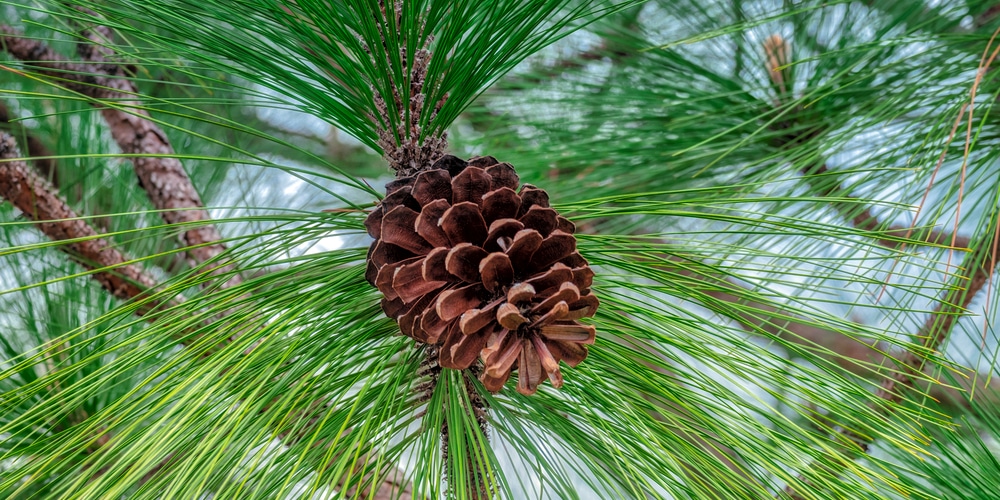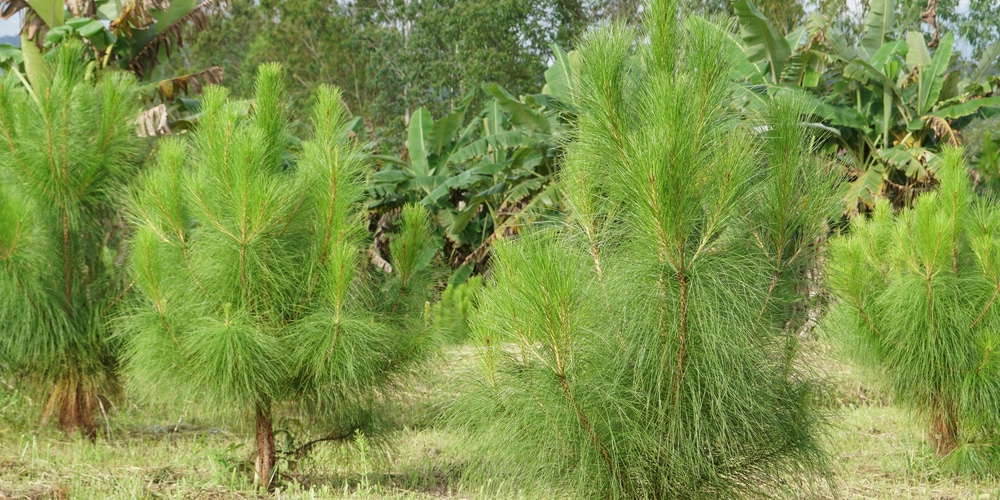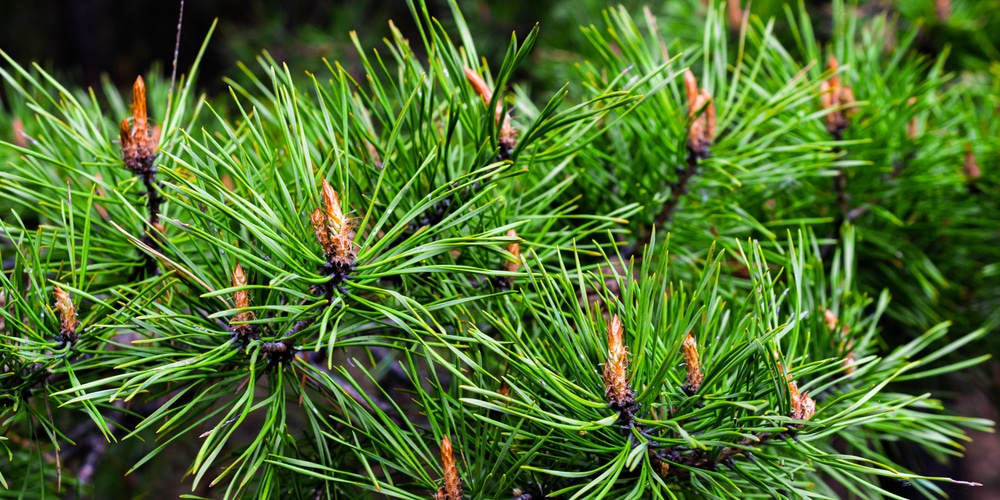Pine trees are a common sight in many gardens and parks. They are often chosen for their ornamental value and because they are low-maintenance.
However, one downside of pine trees is that they can make it difficult for other plants to grow beneath them. In this article, we will explore the reasons why this is the case and offer some tips on how you can encourage plant growth under pine trees.
A little about pine trees
Pine trees are evergreen coniferous trees that belong to the genus Pinus. There are around 115 species of pine trees, which are found in most temperate and tropical regions of the world. Pine trees can vary in size, with some species reaching up to 80m tall.
Pine trees have a number of distinctive features, including long needles (leaves) and cone-shaped fruits. The needles are arranged in pairs and have an average length of 3-5 inches. Pine cones are usually brownish, and they do bear seeds (roughly two seeds for each cone).
Pine trees are generally considered to be low-maintenance plants. They are tolerant of poor soils and do not require much watering. It’s also quite rare to have pine trees being affected by pests and/or diseases.
Why is it difficult for plants to grow under pine trees?
There are a number of reasons why it can be difficult for plants to grow beneath pine trees.
1. Shallow root system
Pine trees have a very deep tap root, but a much shallower lateral root system. Situated only 12 or fewer inches below the soil surface, the lateral roots of pine trees can quickly deplete the available moisture and nutrients in the soil.
This leaves little for other plants with deeper root systems to compete for, making it difficult for them to grow and thrive.
2. Needles that keep falling
Pine needles can create an unforgiving environment for other plants. The needles fall from the tree almost constantly, creating a dense mat on the ground.
This mat can prevent sunlight and water from reaching the soil, which is essential for plant growth. As such, seedlings will have a hard time coming up, and struggling plants will find it difficult to survive. Besides, the layer of pine needles can also smother the young, delicate plants.
3. Allelopathic chemicals in needles
Some pine tree varieties are allelopathic. Wondering what that means and what it’s got to do with why plants don’t grow under pine trees? Allelopathy is the production of chemicals by one plant that inhibit the growth of other nearby plants.
There are some pine trees that produce these growth-inhibiting chemicals. When the needles fall from the tree, they release these chemicals into the soil as they decompose.
As a result, it becomes difficult for other plants to grow in areas where such pine trees are present.
4. Excessive shade
Pine trees are known to produce a lot of shade. In fact, they are often planted specifically for this purpose. The dense canopy of pine trees can block out up to 90% of the sunlight that reaches the ground.
This lack of sunlight can make it difficult for other plants to grow. Shade-loving plants such as ferns may do well, but sun-loving plants will find it difficult to survive.
5. Acidic soil
Pine trees tend to prefer acidic soils with a pH range of 4-7. While your trees will thrive in these conditions, other plants may not be able to survive.
This is especially true for the plants that prefer neutral or slightly alkaline soils with a pH range of 6-7. Soils that are too acidic can cause a number of problems for plants, including stunted growth, yellow leaves, and poor root development.
How to encourage plant growth under pine trees
In spite of the challenges, it is possible to encourage plant growth beneath pine trees. Here are a few tips that can help:
1. Clear the ground
The first step is to clear the ground beneath the pine tree. This involves removing the top layer of needles, as well as any other debris that may be present.
You can rake the needles and any other organic debris and compost it all. Once you’ve cleared the ground, you’ll be able to see the soil beneath, which will make it easier to work with.
It’s also a good idea to keep clearing the ground until the seedlings have established fully. That way, the needles won’t suffocate them.
2. Amend the soil
The next step is to amend the soil. This is necessary because pine trees tend to prefer acidic soils, while most plants prefer neutral or slightly alkaline soils.
One way to do this is to add some lime to the soil. You can also add organic matter such as compost or manure, which will help improve the quality of the soil.
3. Choose the right plants
When choosing plants to grow beneath pine trees, it’s important to select those that don’t shy away from a little shade.
Some good options include ferns, hostas, columbines, impatiens, and begonias. In truth, there are so many options that it’s best to do a little research to find the perfect plants for your particular situation.
You might also be better off selecting plants that are tolerant of acidic soils. Some examples include azaleas, rhododendrons, and hollies.
4. Give them some TLC
Once you’ve planted your chosen plants, it’s important to give them the care they need to thrive. This includes regularly watering them, as well as providing them with the necessary nutrients.
Fertilizing them once or twice a year should be sufficient. You can also mulch around the plants to help retain moisture and keep the ground cool.
To sum it all up,
With a little care and attention, you can encourage plant growth beneath pine trees.
Most importantly, you will want to be patient enough. It might take a little time for your plants to become established, but they will eventually adapt to the conditions and start growing.


